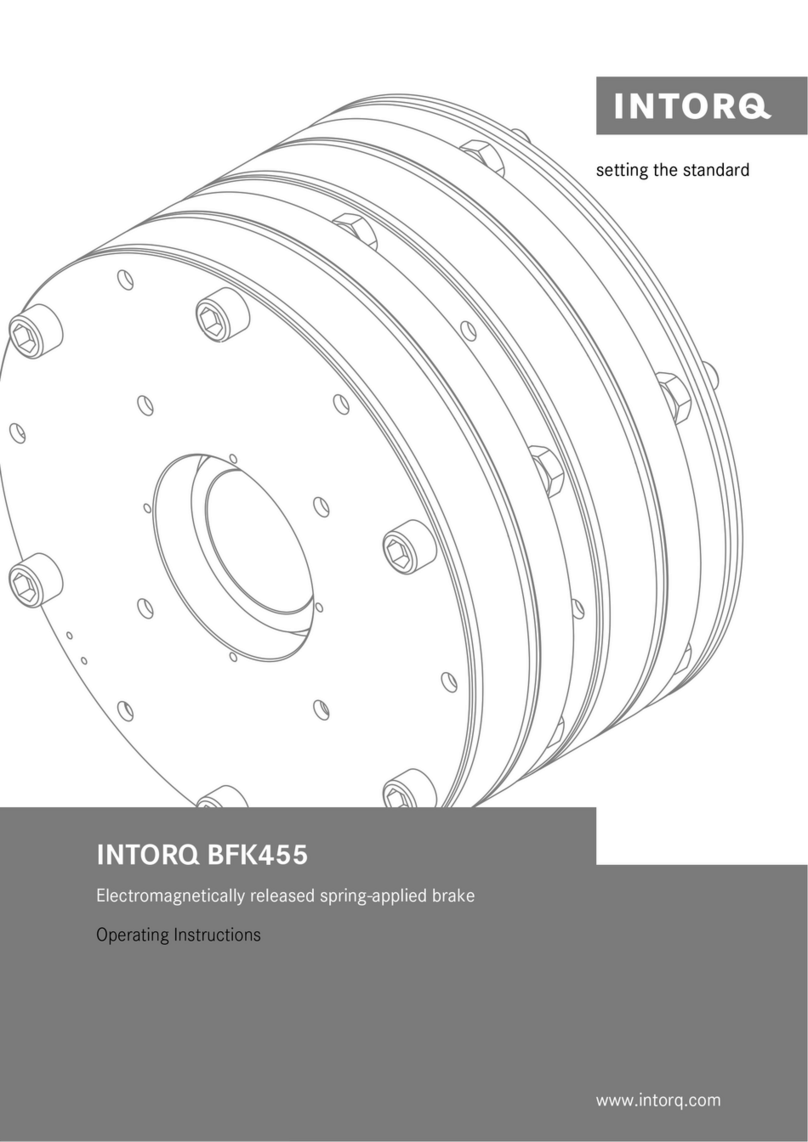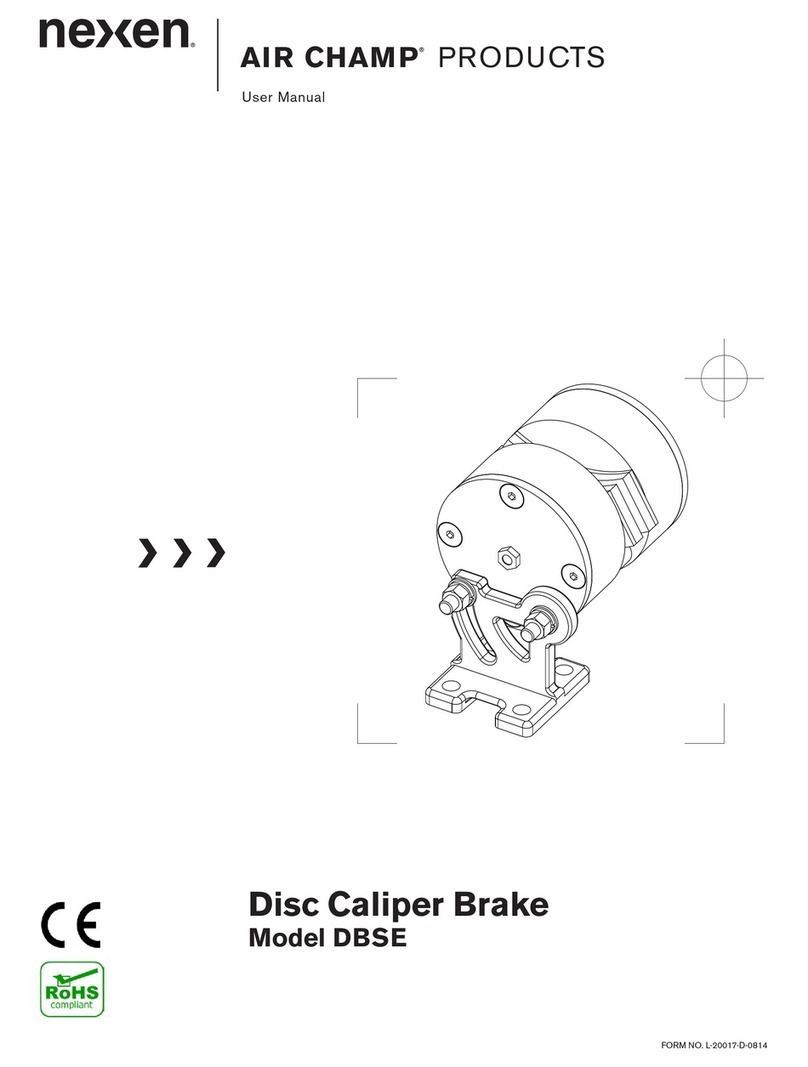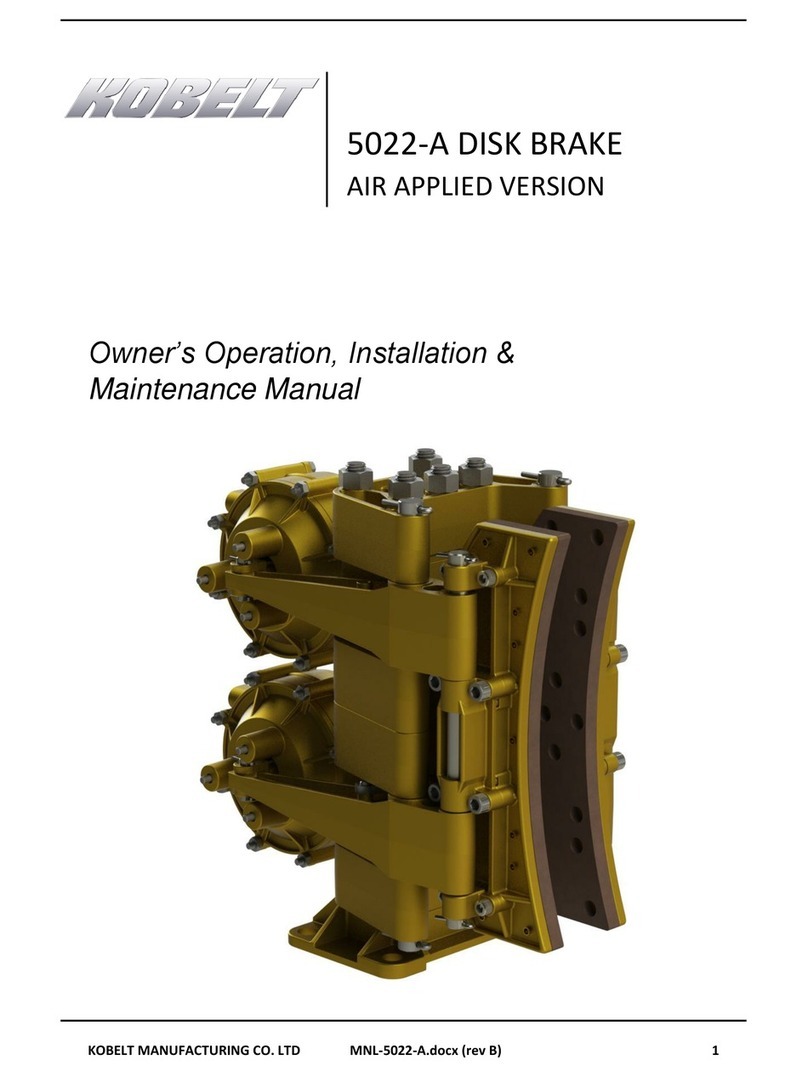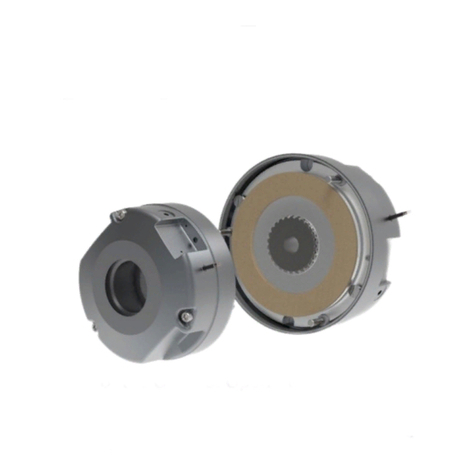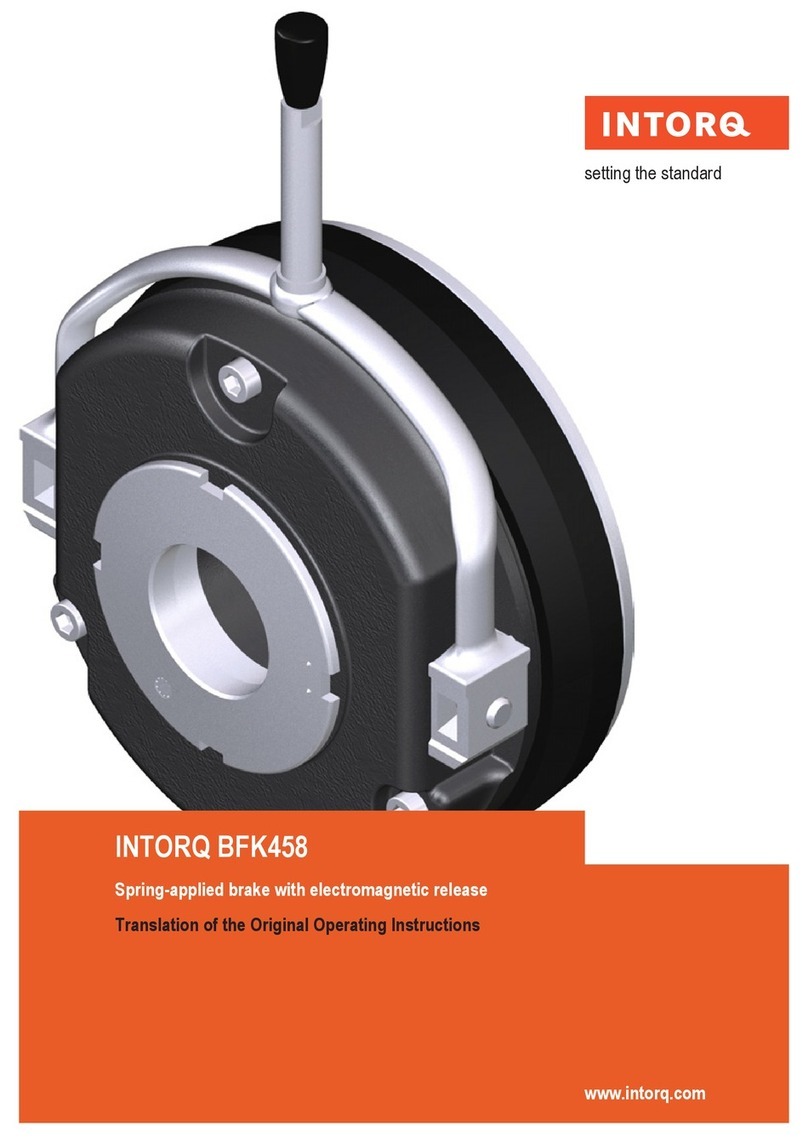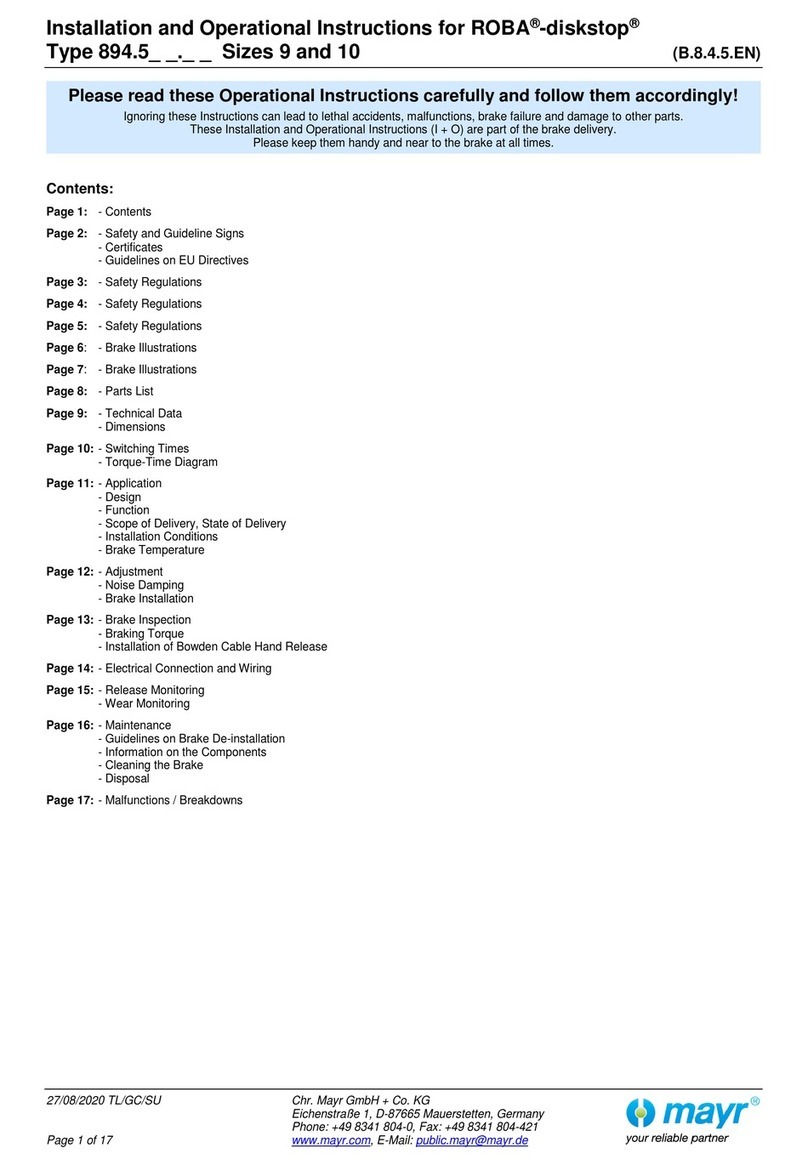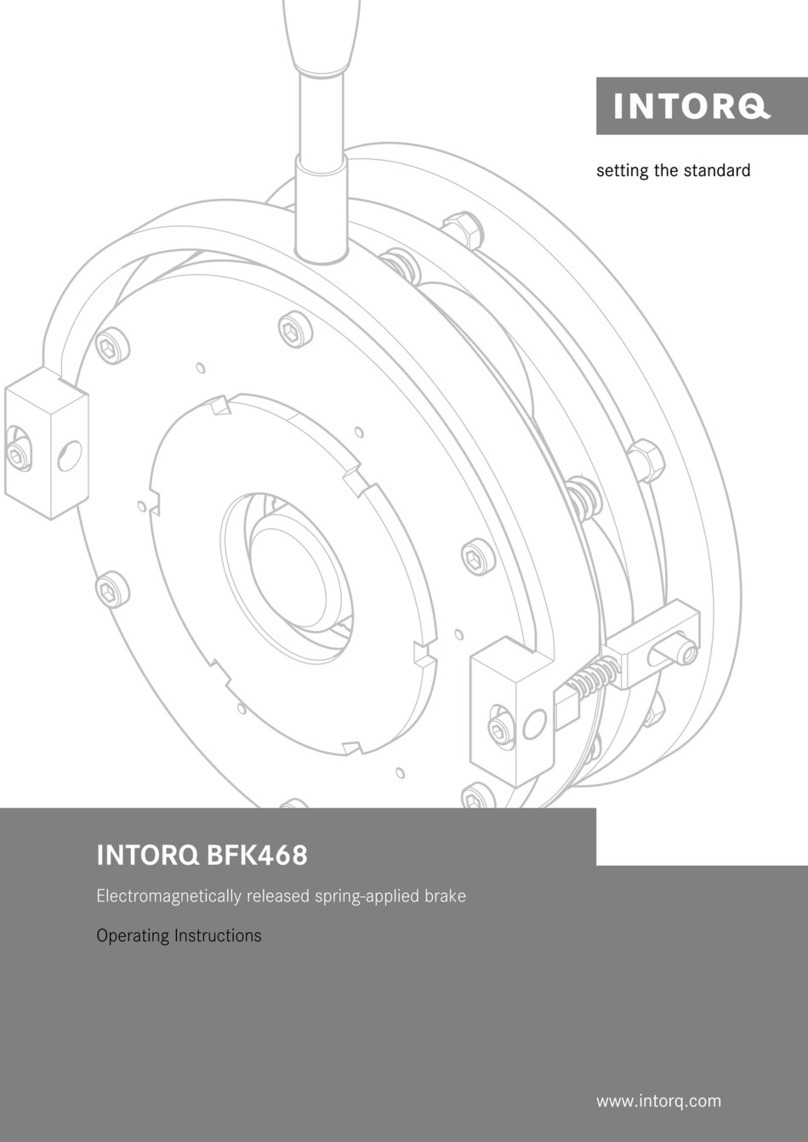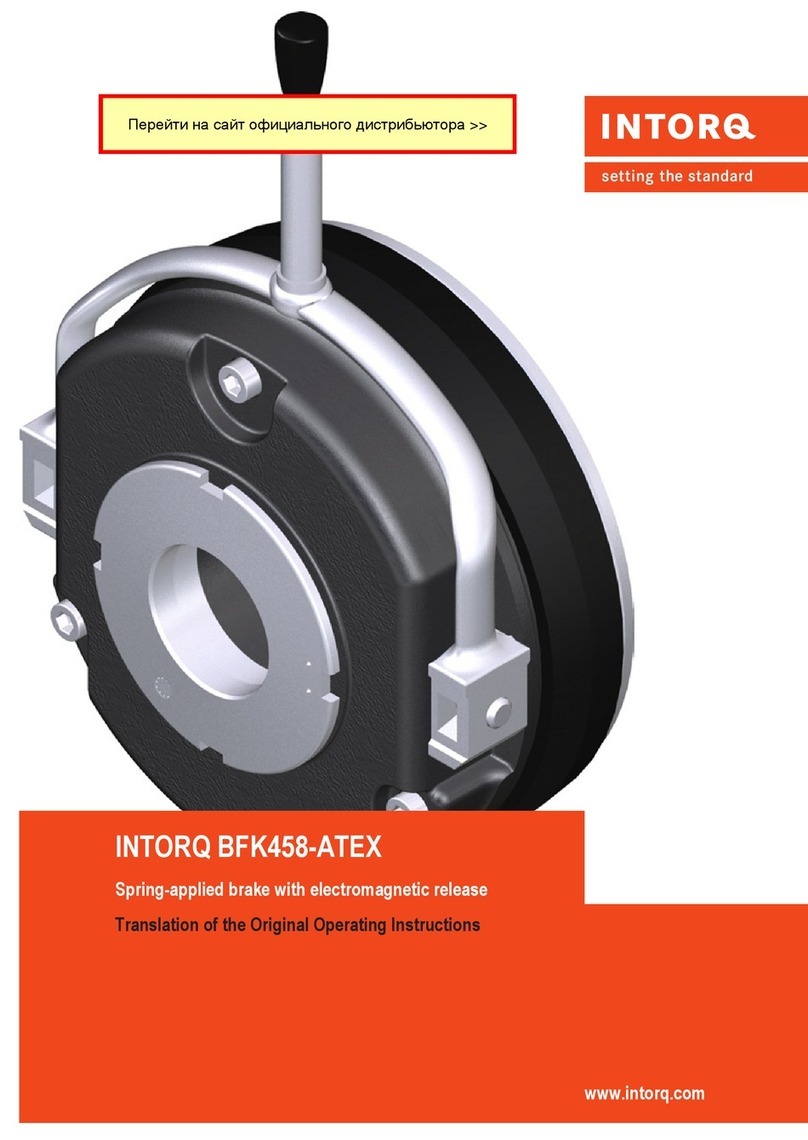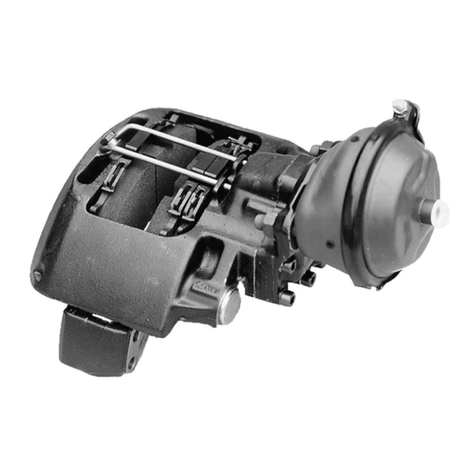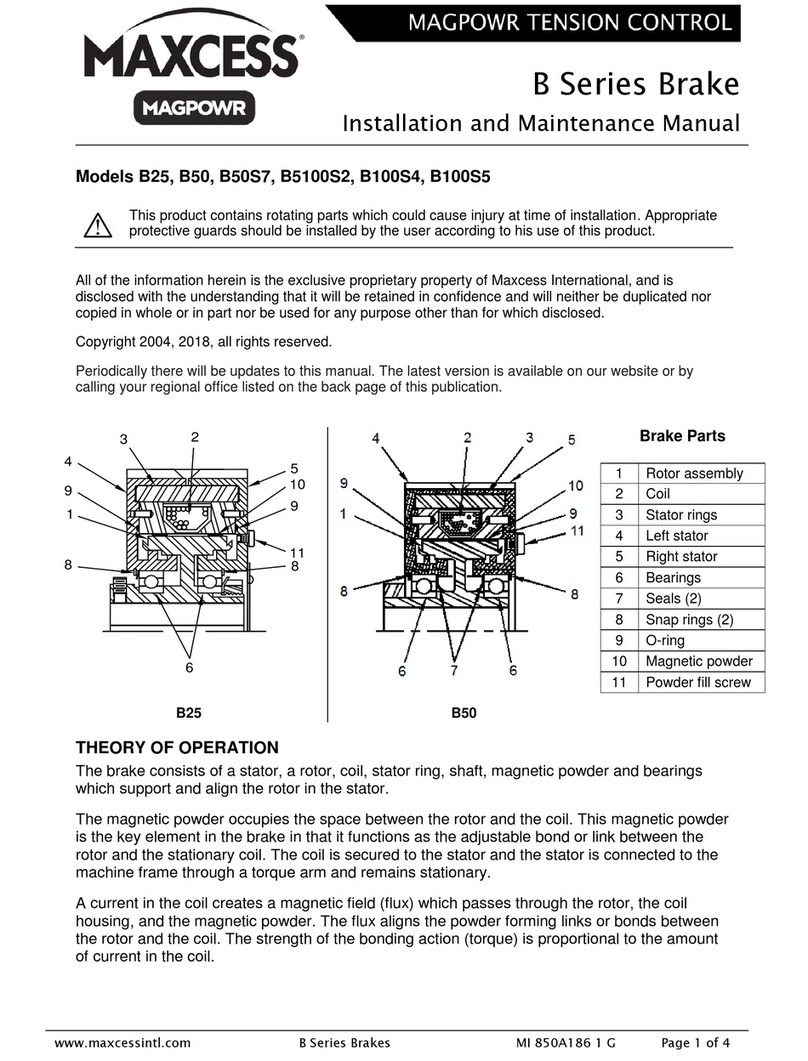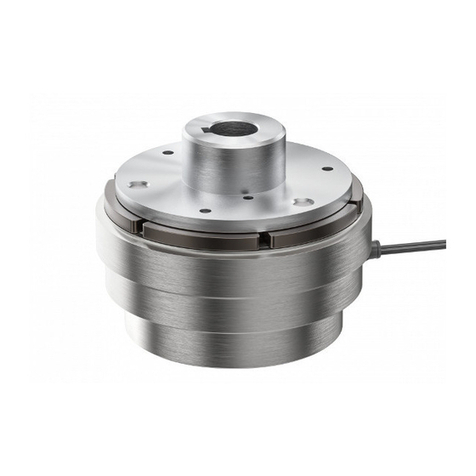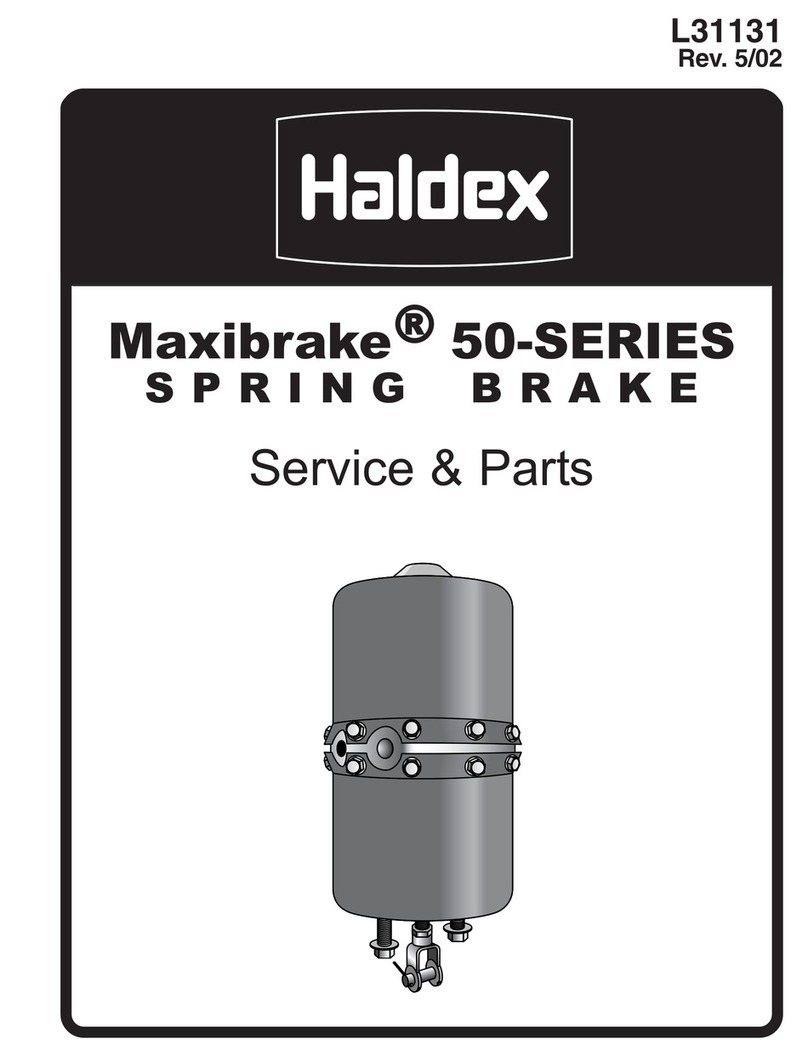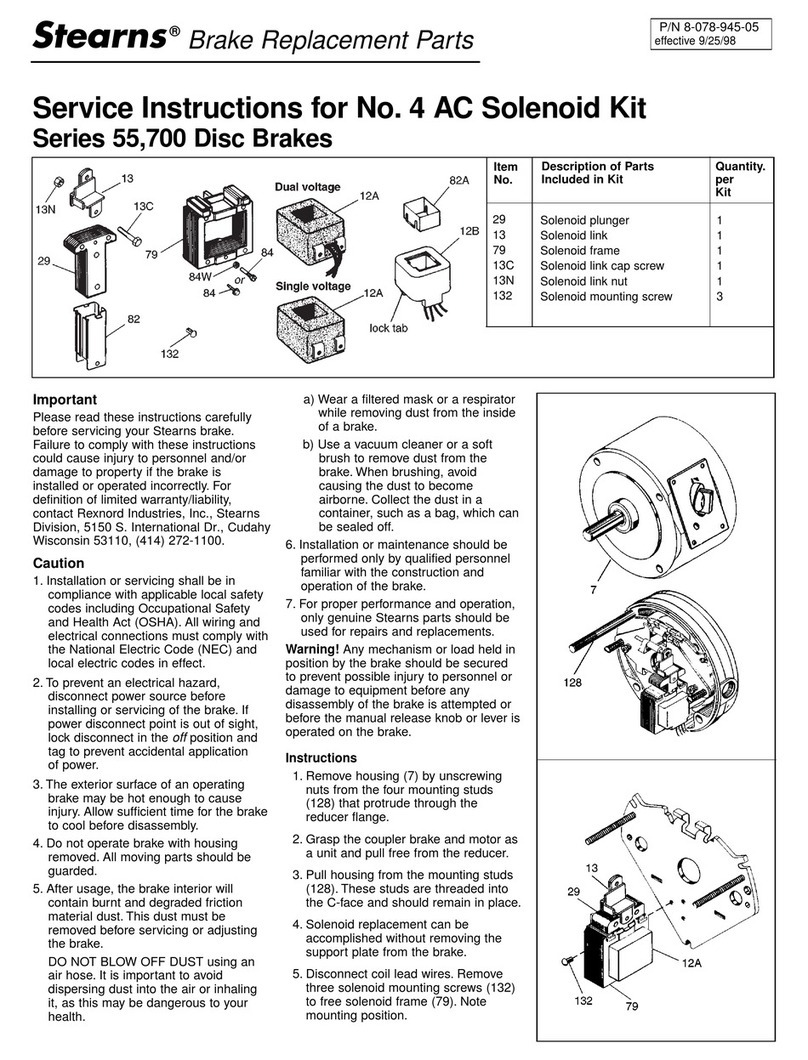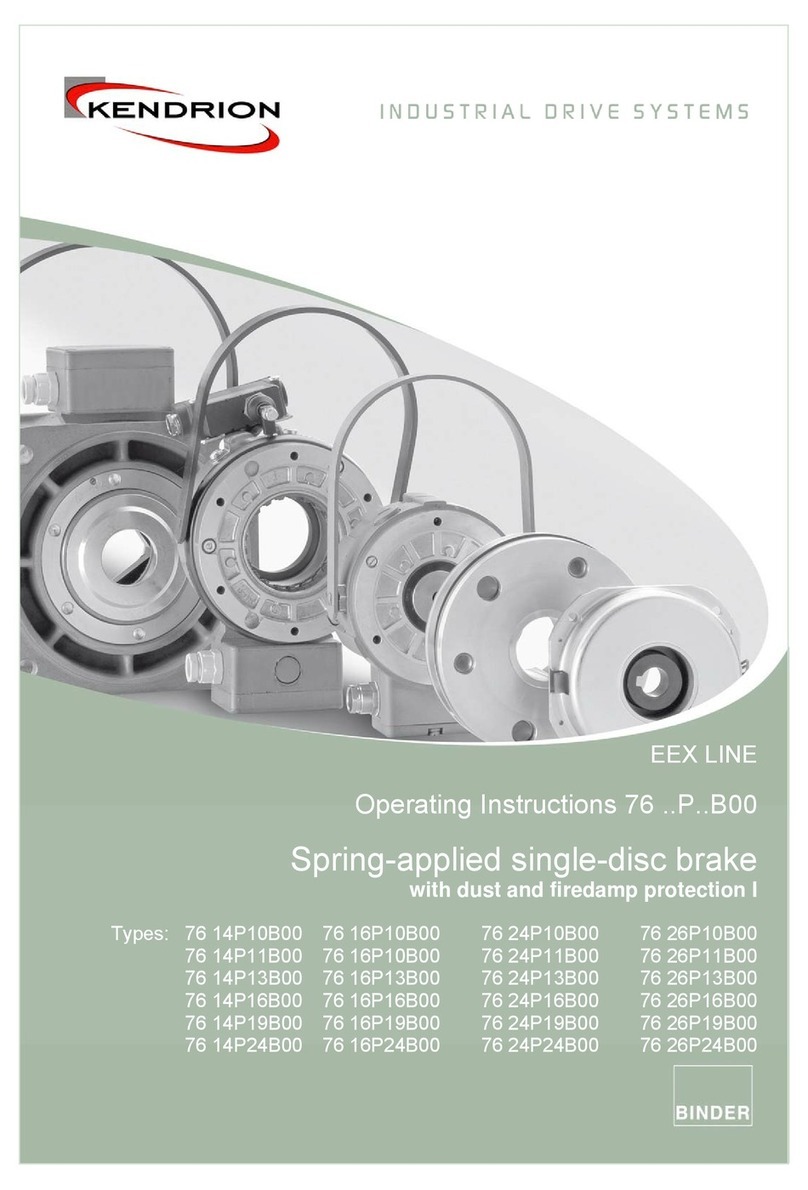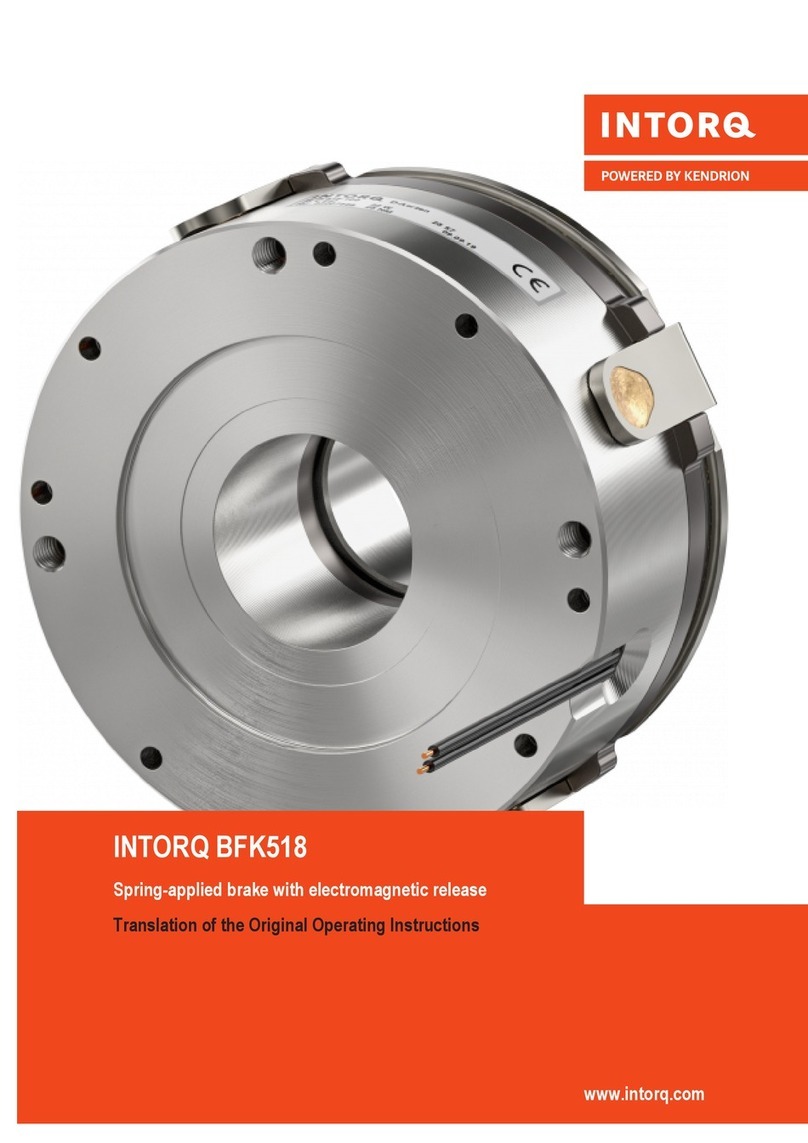
Operating Instructions BA 76..G..B00 // Last updated: 13/03/2020 // Page 2 of 34
Contents
1. General ................................................................................................................................................... 3
1.1 Introduction ........................................................................................................................................... 3
1.2 Standards and directives ...................................................................................................................... 3
1.3 Declaration of Incorporation (in accordance with Annex II, part 1, Section B of Machinery Directive
2006/42/EC).......................................................................................................................................... 4
1.4 Declarations of conformity .................................................................................................................... 5
1.4.1 ATEX Directive 2014/34/EU (equipment and protective systems intended for use in potentially
explosive atmospheres) ..................................................................................................................... 5
1.4.2 Directives 2014/35/EU (Low Voltage Directive) and 2011/65/EU (RoHS Directive).......................... 6
1.5 Manufacturer's liability .......................................................................................................................... 6
2. Product description............................................................................................................................... 7
2.1 Operating principle................................................................................................................................ 7
2.2 Brake design ......................................................................................................................................... 7
3. Installation............................................................................................................................................ 10
3.1 Mechanical installation........................................................................................................................ 10
3.2 Installation of the hand release (29) (brake types with hand release)................................................ 11
3.3 Electrical connection and operation.................................................................................................... 11
3.3.1 AC power supply .............................................................................................................................. 12
3.3.2 Microswitch (13) and thermoswitch (11 & 12) connection ............................................................... 14
3.4 Electromagnetic compatibility ............................................................................................................. 15
3.5 Set-up and start-up ............................................................................................................................. 17
3.6 M2rated torque adjustments............................................................................................................... 18
4. Maintenance......................................................................................................................................... 19
4.1 Checks and service............................................................................................................................. 19
4.2 Spare parts and accessories .............................................................................................................. 22
5. Condition at delivery........................................................................................................................... 22
6. Emissions............................................................................................................................................. 23
6.1 Noise ................................................................................................................................................... 23
6.2 Heat..................................................................................................................................................... 23
7. Troubleshooting .................................................................................................................................. 24
8. Safety .................................................................................................................................................... 25
8.1 Intended use ....................................................................................................................................... 25
8.2 General safety information.................................................................................................................. 25
8.2.1 Set-up............................................................................................................................................... 26
8.2.2 Start-up............................................................................................................................................. 26
8.2.3 Installation ........................................................................................................................................ 26
8.2.4 Operation.......................................................................................................................................... 26
8.2.5 Maintenance, repair and replacement.............................................................................................. 27
8.3 Warning symbols ................................................................................................................................ 27
9. Definitions ............................................................................................................................................ 28
10. Technical specifications ..................................................................................................................... 30
11. Product versions (types) .................................................................................................................... 33
12. Product number / type number / version number............................................................................ 33
13. Specialist repair shops ....................................................................................................................... 33
14. Revision history................................................................................................................................... 33
Document information:
Issued by: Kendrion (Villingen) GmbH Last updated: 13/03/2020
Replaces document: - Replaces the issue dated: 01/04.2018
Document type:translation of original German operating Document status: released
instructions BA 76 ..G..B00
Document title: BA 76 ..G..B00 Englisch

